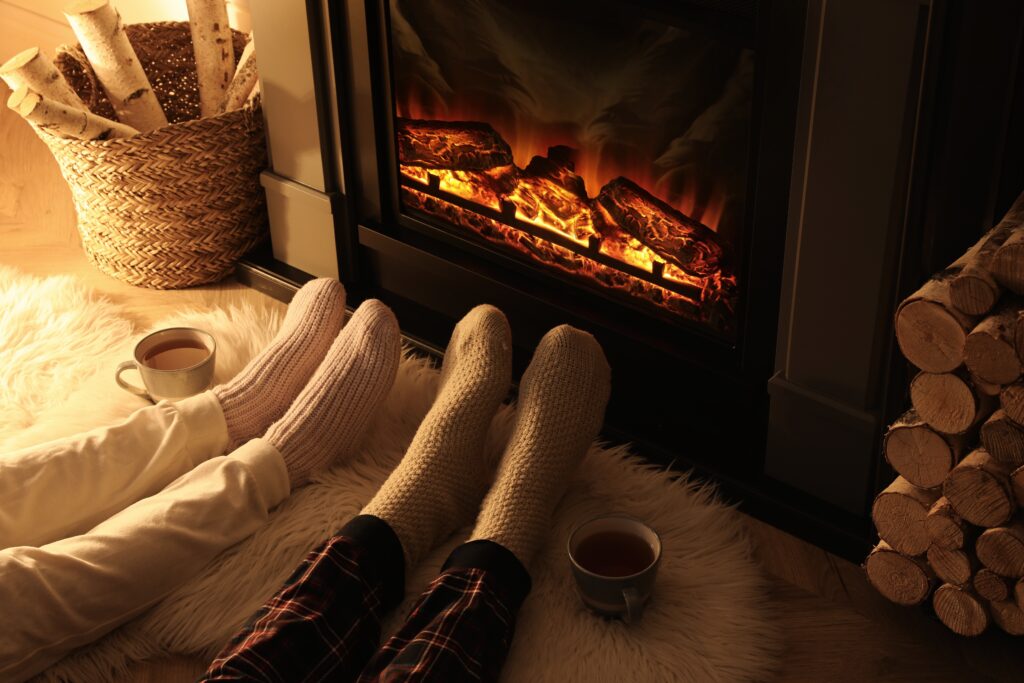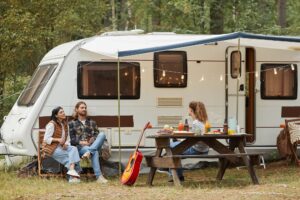Your fireplace is a major focal point in your home. Unfortunately, if you’re not careful, it can also become a major hazard. Over time, ash, creosote, and carbon residue build up in fireplaces and chimneys. Left unchecked, these byproducts can result in fires or carbon monoxide intrusion. To combat the risk of fire or inhalation of dangerous carbon monoxide (CO) gas, it is important for you to make chimney care part of your home maintenance plan. Follow these chimney maintenance tips and prevent fire hazards.
Ensure a safe fireplace with chimney maintenance
Both metal and masonry chimneys require maintenance so that smoke and flue gases are ventilated properly. At the very least, you should have your chimney inspected annually before each heating season. In addition:
- Have your chimney cleaned on a regular basis to reduce creosote buildup.
- Make sure your masonry chimney has a flue liner in place to reduce the possibility that the masonry could absorb creosote.
- Replace damaged liners, as they will allow creosote to accumulate and heat to escape.
- When hiring someone to reline your chimney, only allow the contractor to use a product that has been tested and listed by a nationally recognized testing laboratory.
Chimney-specific maintenance tips
There are two types of chimneys that require specific maintenance to limit the risks in your home.
- Fireplace inserts—Make sure the vent is connected to the flue of the chimney.
- Factory-built metal chimneys—Do not use natural gas, fuel oil vents, well casing, stovepipe, or other material in the chimney, as they cannot withstand the heat in the wood burner.
What if we don’t use the chimney? Does it need to be inspected?
When money’s tight or life gets busy, it’s easy to neglect home maintenance items like chimney service. In the meantime, maybe you’ve decided not to use your fireplace, or use it very sparingly. Still, you should keep in mind that a portion of your chimney that extends outside of your home faces contestant exposure to the elements making it possible to develop physical damage or wear and tear. You’ll want to know that it’s working properly (with no critters nesting inside).
Are there things you shouldn’t burn in a fireplace?
Yes, lots! Here are a few of the common (and dangerous) items homeowners tend to think they can burn—especially during the holiday season, when there are so many extra boxes and wrapping materials around. DO NOT burn any of the following:
- Christmas tree branches
- Wrapping paper
- Pizza boxes
- Chemically treated wood
- Plastic or Styrofoam
- Trash
- Anything with colored ink (e.g. magazines, Christmas cards, sales fliers, and coupons)
Keep These Precautions in Mind: Do not vent more than one heater or appliance into a single flue, as major complications can arise. If one fuel-burning appliance is connected to a flue and then you attach another appliance, such as a water heater, you are running the risk of various problems—including heavy creosote accumulation, deterioration of the flue, or CO gas drifting into your home.
What other chimney services should I ask about?
Ask your chimney service provider about cleaning your dryer vents, too. According to the U.S. Fire Administration, nearly 3,000 home fires occur each year as a result of clothes dryers. Failure to clean the dryer vent is a leading cause of these incidents, which tend to peak during cold-weather months. Remember that many homes have long vent ducts (requiring special tools for proper cleaning). Rather than do it yourself, it’s a good idea to ask your chimney service professional about cleaning and inspecting dryer connections along with your annual chimney inspection.
Have questions on fireplace and chimney coverage? Contact us today to get started and be on your way to greater peace of mind. To connect with a team member, visit our locations page to find an office near you or give our team a call to discuss your best coverage options at 866.374.5084.
























